Navigating the intricacies of sea freight shipping from China to Portugal can be a daunting task for businesses looking to import goods. With a myriad of options and processes to consider, understanding the fundamentals of this shipping method is essential for a seamless experience. This guide will walk you through the essential aspects of sea freight, including the benefits, types of services available, necessary documentation, and steps involved in the shipping process. By gaining a comprehensive understanding, you can make informed decisions that enhance your logistics strategy and ensure your goods arrive efficiently and cost-effectively.
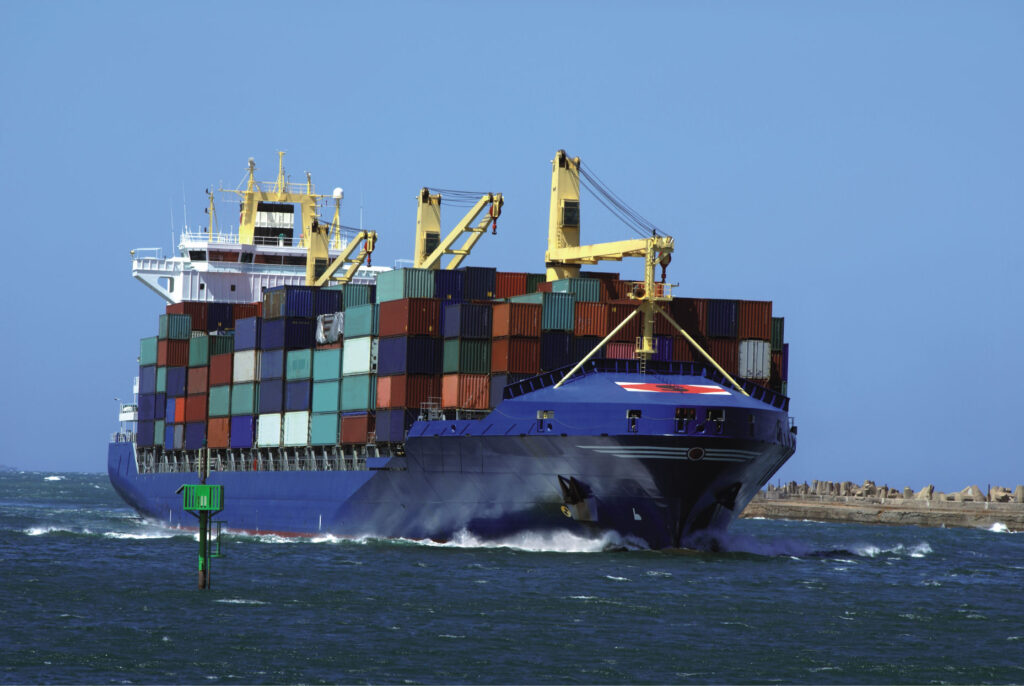
Understanding Sea Freight Shipping From China to Portugal
Sea freight shipping refers to the transportation of goods via cargo ships over international waters. It is one of the most economical methods for shipping bulk goods and is widely used for international trade. Depending on the nature and size of your shipment, you can choose between different types of vessels and routes, making it a flexible option for businesses.
Sea freight is typically distinguished by two main categories:
- Container Shipping: Goods are transported in standardized containers, which can easily be loaded and unloaded from shipping vessels.
- Bulk Shipping: This involves the transportation of unpackaged bulk commodities like oil, grain, and coal.
The logistics involved in sea freight shipping often include loading the goods at the export port, transporting them via sea, and unloading them at the destination port.
Benefits of Sea Freight from China to Portugal
Utilizing sea freight for shipping from China to Portugal comes with several advantages:
-
Cost-Effectiveness: Sea freight is generally more affordable than air freight, especially for large shipments. Bulk goods benefit from economies of scale, making this method ideal for businesses looking to minimize shipping costs.
-
Capacity: Cargo ships can carry large volumes of goods in one journey, making them suitable for businesses with significant import needs.
-
Environmental Impact: Shipping via sea is considered more environmentally friendly compared to air transportation, as it produces fewer emissions per ton of cargo carried.
-
Variety of Services: Depending on your needs, you can choose different sea freight options, such as door-to-door shipping services, which provide comprehensive logistics solutions, including customs clearance and delivery to your specified location.
-
Flexibility in Scheduling: Cargo ships operate on a fixed schedule, allowing shippers to plan their logistics more effectively. This aspect is particularly beneficial for businesses that require regular shipments.
Types of Sea Freight Services
When considering sea freight shipping from China to Portugal, you will encounter various service options:
-
FCL (Full Container Load): Suitable for large shipments that can fill an entire container. This option offers lower shipping rates per unit due to the volume of cargo, and it minimizes the risk of damage, as your goods are not sharing space with others.
-
LCL (Less Than Container Load): Ideal for smaller shipments that do not require a full container. In this case, your goods are consolidated with other shipments in a shared container, allowing you to benefit from reduced costs without committing to a full container.
-
Reefer (Refrigerated Container): Used for transporting perishable goods that require temperature control. This service is essential for businesses importing food products or other temperature-sensitive items.
-
RORO (Roll-on/Roll-off): Specifically designed for vehicles, allowing them to be driven on and off the vessel. This option is beneficial for businesses that import automobiles or heavy machinery.
Read More:
- Shipping From China To Netherlands
- Shipping From China To Spain
- Shipping From China To Germany
- Shipping From China To France
- Shipping From China to Italy
- Shipping From China To Poland
- Shipping From China to United Kingdom
Preparing for Your Sea Freight Shipment
Effective preparation is fundamental to ensuring a smooth sea freight shipment from China to Portugal. Here are the essential steps to take before sending your goods:
Calculating Cargo Volume and Weight
Before shipping, accurately calculating the volume and weight of your cargo is crucial. This information is necessary for determining the shipping costs and for choosing the appropriate shipping method. Here’s how to calculate:
-
Volume: Measure the dimensions (length, width, height) of your goods and multiply them to find the cubic volume (in cubic meters). If your cargo consists of multiple items, sum their volumes to get the total.
-
Weight: Weigh your cargo using a reliable scale. Be aware of the difference between gross weight (including packaging) and net weight (excluding packaging).
This data will help you receive accurate quotes from shipping companies and assist in compliance with regulations.
Choosing Between FCL (Full Container Load) and LCL (Less Than Container Load)
Selecting between FCL and LCL largely depends on the volume of your shipment:
-
FCL: This option is cost-effective if your cargo volume can fill an entire shipping container (typically 20ft or 40ft). It offers greater control over your shipment and generally results in faster transit times.
-
LCL: For smaller shipments that do not require a whole container, LCL allows you to share space, which can save costs. However, it may involve longer transit times due to the consolidation process.
Selecting the Right Container Size
Choosing the correct container size is imperative for maximizing efficiency and minimizing costs. Standard container sizes include:
| Container Size | Capacity (CBM) | Weight Limit (Tons) |
|---|---|---|
| 20ft | Approximately 33 | 22 |
| 40ft | Approximately 67 | 27 |
| 40ft High Cube | Approximately 76 | 30 |
Evaluating your cargo’s volume and weight will guide you in selecting the appropriate container size, ensuring optimal use of space during shipping.
By understanding these fundamental aspects of sea freight shipping from China to Portugal, you can enhance your logistics strategy and streamline your import operations. For tailored solutions, consider partnering with Dantful International Logistics, where we provide highly professional, cost-effective, and high-quality door-to-door shipping services. Our expertise ensures your goods reach their destination efficiently and reliably.
Essential Documents for Sea Freight From China to Portugal
When shipping goods from China to Portugal via sea freight, several essential documents must be prepared to ensure compliance with international trade regulations and facilitate the smooth transit of goods. Understanding these documents is crucial for any importer or exporter engaged in global trade.
Commercial Invoice
The commercial invoice is a vital document that outlines the transaction between the buyer and seller. It includes important details such as:
- The seller’s and buyer’s names and addresses
- A description of the goods being shipped
- The price of the goods
- The terms of sale (e.g., Incoterms)
- Payment terms
This document serves as a basis for customs clearance and may also be used to verify the value of the goods for duty assessment.
Packing List
A packing list complements the commercial invoice by providing detailed information about the contents of the shipment. It typically includes:
- Itemized list of each product with descriptions
- Quantity of goods
- Packaging type and dimensions
- Weight and volume of the shipment
The packing list is essential for customs officials to verify that the shipment matches the declared contents and helps facilitate the inspection process.
Bill of Lading
The bill of lading (BOL) is a legal document issued by the shipping company that serves three primary functions:
- A receipt confirming that the cargo has been loaded onto the vessel.
- A document of title that demonstrates ownership of the goods.
- A contract of carriage between the shipper and the carrier.
The BOL is critical for claiming the goods upon arrival in Portugal and must be presented for customs clearance.
Certificate of Origin
The certificate of origin (CoO) verifies the country where the goods were manufactured or produced. This document is often required by customs authorities and can affect the duties and tariffs applicable to your shipment. It typically includes:
- The origin of the goods
- Exporter and importer details
- Description of the product
Having an accurate CoO can help avoid delays in customs clearance and ensure compliance with trade regulations.
Customs Declaration Forms
Customs declaration forms are essential for both export and import processes. For shipments from China to Portugal, these forms must be submitted to customs authorities to declare the goods being transported. They typically require:
- Information about the shipper and consignee
- Detailed description of the goods
- Value and classification of the goods
Accurate completion of customs declaration forms is critical to avoid fines, delays, or potential confiscation of the goods.
The Sea Freight Shipping Process Step-by-Step
Understanding the step-by-step process of sea freight shipping from China to Portugal can help streamline logistics and ensure compliance with regulations.
1. Obtaining a Freight Quote and Booking
Providing Shipment Details to the Freight Forwarder
The first step involves submitting key shipment details to your chosen freight forwarder. This includes:
- Nature and quantity of goods
- Dimensions and weight of cargo
- Desired shipping timeline
- Destination details
Agreeing on Shipping Terms and Rates
Once the details are provided, the freight forwarder will offer a quote. This includes the shipping costs, as well as any additional fees (e.g., customs clearance, insurance). It’s crucial to clarify the Incoterms that define the responsibilities of both the buyer and seller.
Confirming the Booking
Upon acceptance of the quote, confirm the booking with the freight forwarder. Ensure all details are accurate and obtain a confirmation document for your records.
2. Cargo Pick-Up and Delivery to the Port
Arranging for Cargo Pick-Up from the Supplier
Coordinate with your supplier to arrange the pick-up of your cargo. This may involve scheduling a specific time and ensuring that the goods are ready for transport.
Transporting the Goods to the Port of Departure in China
The next step involves transporting the cargo to the designated port in China. Ensure that the logistics provider has a reliable transport plan to prevent delays.
3. Export Customs Clearance in China
Submitting Required Documents
Prepare and submit the necessary documentation (commercial invoice, packing list, etc.) to the customs authorities for export clearance.
Paying Export Duties and Taxes
Depending on the nature of your goods, you may need to pay export duties or taxes. Ensure these payments are made promptly to avoid delays.
4. Loading and Ocean Transportation
Loading the Cargo onto the Vessel
Once all approvals are received, the cargo will be loaded onto the shipping vessel. Ensure that the loading process adheres to industry standards to prevent damage.
Transit Time from China to Portugal
The transit time for sea freight shipping from China to Portugal typically ranges from 25 to 40 days, depending on the shipping route and any potential delays.
5. Import Customs Clearance in Portugal
Submitting Import Documents
Upon arrival in Portugal, submit the required import documents to customs. These usually include the bill of lading, commercial invoice, and certificate of origin.
Paying Import Duties and Taxes
Similar to the export process, you will need to pay any applicable import duties and taxes to clear your goods through customs.
6. Cargo Unloading and Delivery to the Final Destination
Unloading the Cargo at the Port of Arrival in Portugal
Once customs clearance is complete, the cargo will be unloaded at the port. Coordinate with your freight forwarder to ensure a smooth unloading process.
Arranging for Final Delivery to Your Warehouse or Facility
Finally, arrange for the transport of your goods from the port to their final destination, whether that be your warehouse, retail location, or facility.
Challenges of Sea Freight
While sea freight offers many benefits, several challenges must be addressed to ensure a successful shipping experience.
Longer Transit Times: Planning for Delays
Sea freight typically involves longer transit times compared to air freight. It’s essential to plan for potential delays due to port congestion, customs inspections, or unforeseen weather conditions. Understanding the shipping schedule and communicating with your freight forwarder can help mitigate these issues.
Weather-Related Risks: Ensuring Cargo Safety
Inclement weather poses a significant risk to sea freight operations. Heavy storms, typhoons, and rough seas can cause delays or damage to cargo. Employing protective measures, such as securing goods within containers and using weather-resistant materials, can help safeguard your shipment.
Tips for a Smooth Sea Freight Experience
Ensuring a smooth sea freight experience requires careful planning and execution. Here are several strategies to consider:
Choosing a Reliable Freight Forwarder
Selecting a reputable freight forwarder is crucial. Look for one with extensive experience, positive reviews, and a robust network in both China and Portugal. A reliable partner will facilitate smoother logistics and provide valuable support throughout the shipping process.
Packing and Labeling Your Cargo Properly
Proper packing and labeling of cargo are essential to prevent damage and ensure compliance with regulations. Use high-quality materials, clearly label each package, and include necessary handling instructions.
Tracking Your Shipment During Transit
Staying informed about the status of your shipment can alleviate concerns and help you address potential issues proactively. Make use of tracking technologies provided by your freight forwarder to monitor the progress of your cargo.
Preparing for Potential Delays or Unexpected Events
Given the unpredictability of maritime shipping, it’s wise to be prepared for unexpected events, such as delays or changes in regulations. Maintain open lines of communication with your freight forwarder to stay updated on any developments that may affect your shipment.
By following these guidelines and understanding the complexities of sea freight shipping from China to Portugal, businesses can enhance their import processes and ensure that their goods arrive on time and in optimal condition. For tailored solutions, consider partnering with Dantful International Logistics, a provider of highly professional, cost-effective, and high-quality door-to-door shipping services that streamline your logistics and import operations.
Dantful International Logistics Services:
- Dantful Ocean Freight Services
- Air Freight From China
- Amazon FBA Freight Forwarding
- WAREHOUSE Services
- One-Stop Customs Clearance Solution
- Cargo Insurance Services in China
- DDP Shipping Services By Dantful Logistics
- Out of Gauge Cargo Transportation Shipping Services
Frequently Asked Questions (FAQs)
1. What is sea freight shipping?
Sea freight shipping is the transportation of goods via cargo ships over international waters. It is a cost-effective method for shipping bulk goods and can involve container shipping or bulk shipping.
2. What are the benefits of using sea freight to ship from China to Portugal?
Some advantages of sea freight include:
- Cost-Effectiveness: Generally more affordable than air freight, especially for large shipments.
- Capacity: Cargo ships can transport large volumes in one trip.
- Environmental Impact: Produces fewer emissions per ton of cargo than air transport.
- Variety of Services: Options like door-to-door shipping services that cover logistics from start to finish.
- Flexibility in Scheduling: Fixed schedules help with effective logistics planning.
3. What types of sea freight services are available?
The two main types are:
- FCL (Full Container Load): Suitable for large shipments filling an entire container.
- LCL (Less Than Container Load): Ideal for smaller shipments that share container space.
Other specific services include reefer containers for perishable goods and RORO (Roll-on/Roll-off) for vehicles.
4. How do I prepare my shipment for sea freight?
Preparation steps include:
- Calculating Volume and Weight: Necessary for accurate quotes and regulatory compliance.
- Choosing Between FCL and LCL: Based on the shipment volume.
- Selecting the Right Container Size: Ensure optimal use of space during shipping.
5. What essential documents do I need for shipping?
Key documents include:
- Commercial Invoice
- Packing List
- Bill of Lading
- Certificate of Origin
- Customs Declaration Forms
These documents facilitate customs clearance and ensure compliance with regulations.
6. What is the sea freight shipping process?
The process generally follows these steps:
- Obtain a freight quote and book the shipment.
- Arrange for cargo pick-up and transport to the port.
- Complete export customs clearance.
- Load the cargo onto the vessel and begin transit.
- Complete import customs clearance upon arrival in Portugal.
- Unload and arrange for final delivery to the destination.
7. What challenges should I be aware of?
Challenges include longer transit times compared to air freight and weather-related risks. Effective planning and choosing a reliable freight forwarder can help mitigate these issues.

Young Chiu is a seasoned logistics expert with over 15 years of experience in international freight forwarding and supply chain management. As CEO of Dantful International Logistics, Young is dedicated to providing valuable insights and practical advice to businesses navigating the complexities of global shipping.



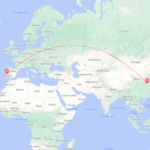


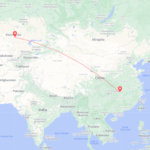

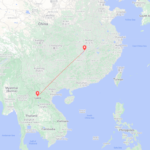
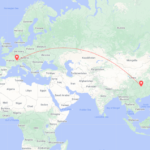


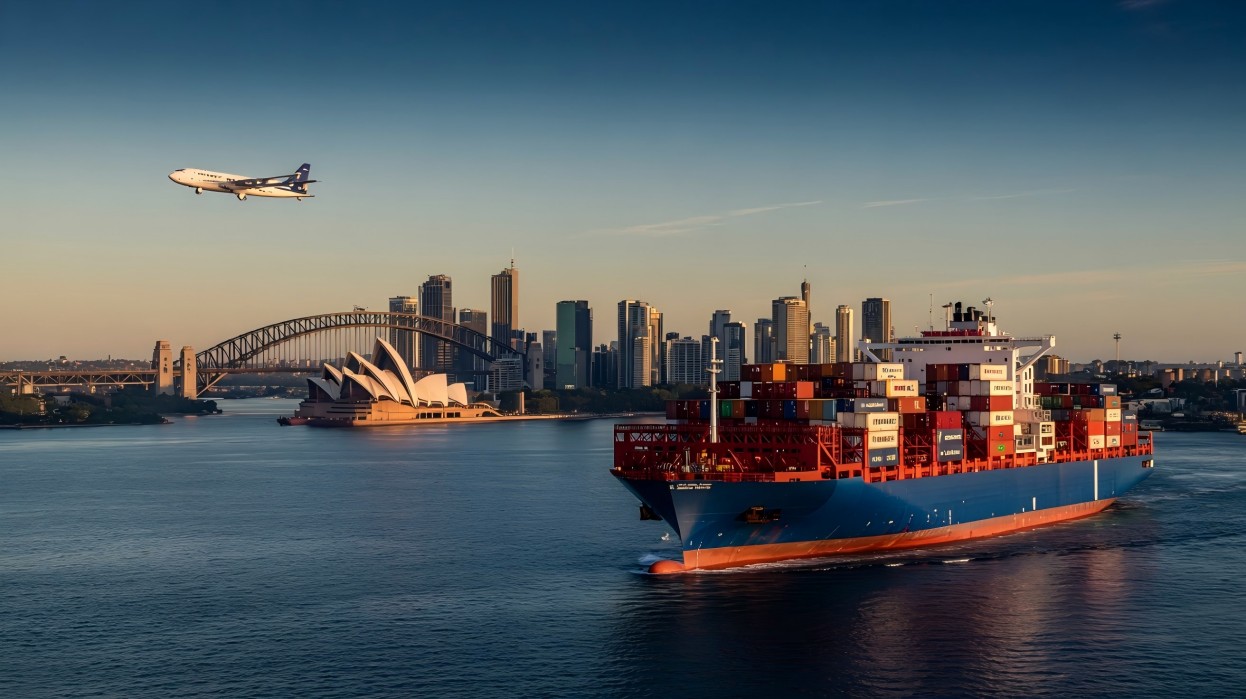
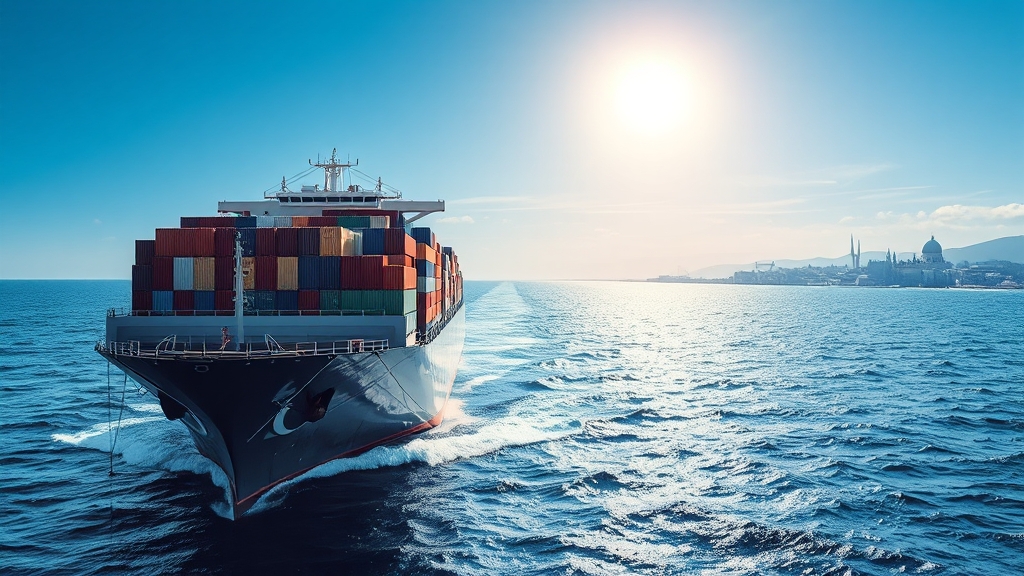
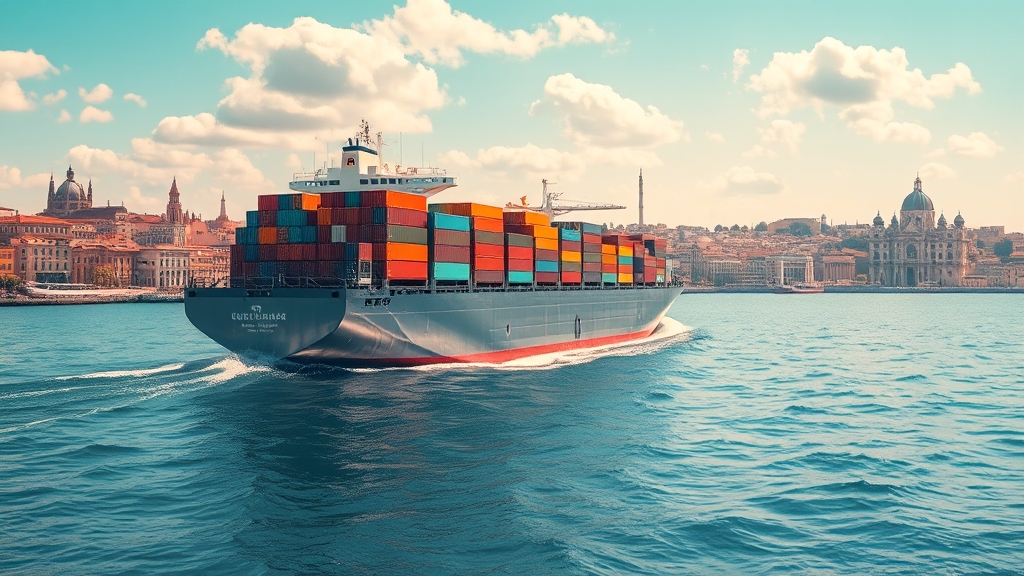
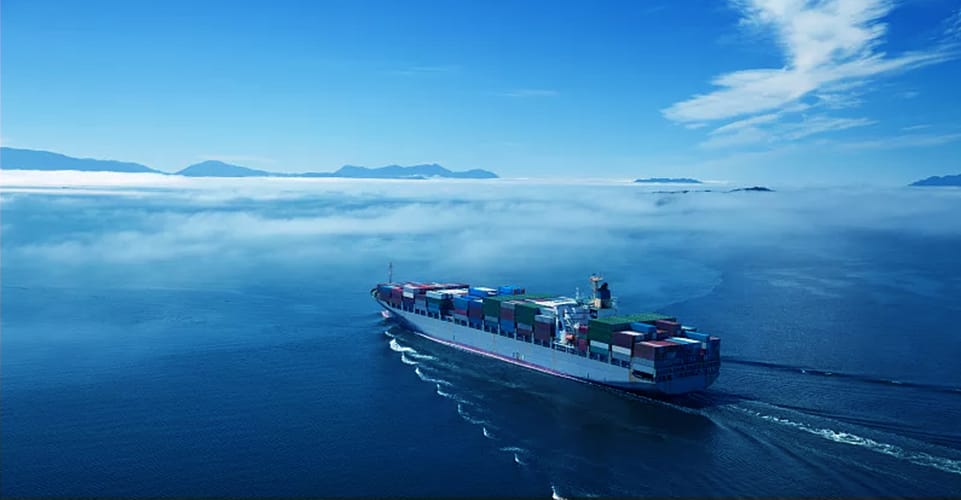





 Afrikaans
Afrikaans Shqip
Shqip አማርኛ
አማርኛ العربية
العربية Հայերեն
Հայերեն Azərbaycan dili
Azərbaycan dili Euskara
Euskara Беларуская мова
Беларуская мова বাংলা
বাংলা Bosanski
Bosanski Български
Български Català
Català Cebuano
Cebuano Chichewa
Chichewa 简体中文
简体中文 繁體中文
繁體中文 Corsu
Corsu Hrvatski
Hrvatski Čeština
Čeština Dansk
Dansk Nederlands
Nederlands English
English Esperanto
Esperanto Eesti
Eesti Filipino
Filipino Suomi
Suomi Français
Français Galego
Galego ქართული
ქართული Deutsch
Deutsch Ελληνικά
Ελληνικά Kreyol ayisyen
Kreyol ayisyen Harshen Hausa
Harshen Hausa Ōlelo Hawaiʻi
Ōlelo Hawaiʻi עִבְרִית
עִבְרִית हिन्दी
हिन्दी Hmong
Hmong Magyar
Magyar Íslenska
Íslenska Igbo
Igbo Bahasa Indonesia
Bahasa Indonesia Gaeilge
Gaeilge Italiano
Italiano 日本語
日本語 Basa Jawa
Basa Jawa ಕನ್ನಡ
ಕನ್ನಡ Қазақ тілі
Қазақ тілі ភាសាខ្មែរ
ភាសាខ្មែរ 한국어
한국어 كوردی
كوردی Кыргызча
Кыргызча ພາສາລາວ
ພາສາລາວ Latin
Latin Latviešu valoda
Latviešu valoda Lietuvių kalba
Lietuvių kalba Lëtzebuergesch
Lëtzebuergesch Македонски јазик
Македонски јазик Malagasy
Malagasy Bahasa Melayu
Bahasa Melayu മലയാളം
മലയാളം Maltese
Maltese Te Reo Māori
Te Reo Māori मराठी
मराठी Монгол
Монгол ဗမာစာ
ဗမာစာ नेपाली
नेपाली Norsk bokmål
Norsk bokmål پښتو
پښتو فارسی
فارسی Polski
Polski Português
Português ਪੰਜਾਬੀ
ਪੰਜਾਬੀ Română
Română Русский
Русский Samoan
Samoan Gàidhlig
Gàidhlig Српски језик
Српски језик Sesotho
Sesotho Shona
Shona سنڌي
سنڌي සිංහල
සිංහල Slovenčina
Slovenčina Slovenščina
Slovenščina Afsoomaali
Afsoomaali Español
Español Basa Sunda
Basa Sunda Kiswahili
Kiswahili Svenska
Svenska Тоҷикӣ
Тоҷикӣ தமிழ்
தமிழ் తెలుగు
తెలుగు ไทย
ไทย Türkçe
Türkçe Українська
Українська اردو
اردو O‘zbekcha
O‘zbekcha Tiếng Việt
Tiếng Việt Cymraeg
Cymraeg יידיש
יידיש Yorùbá
Yorùbá Zulu
Zulu